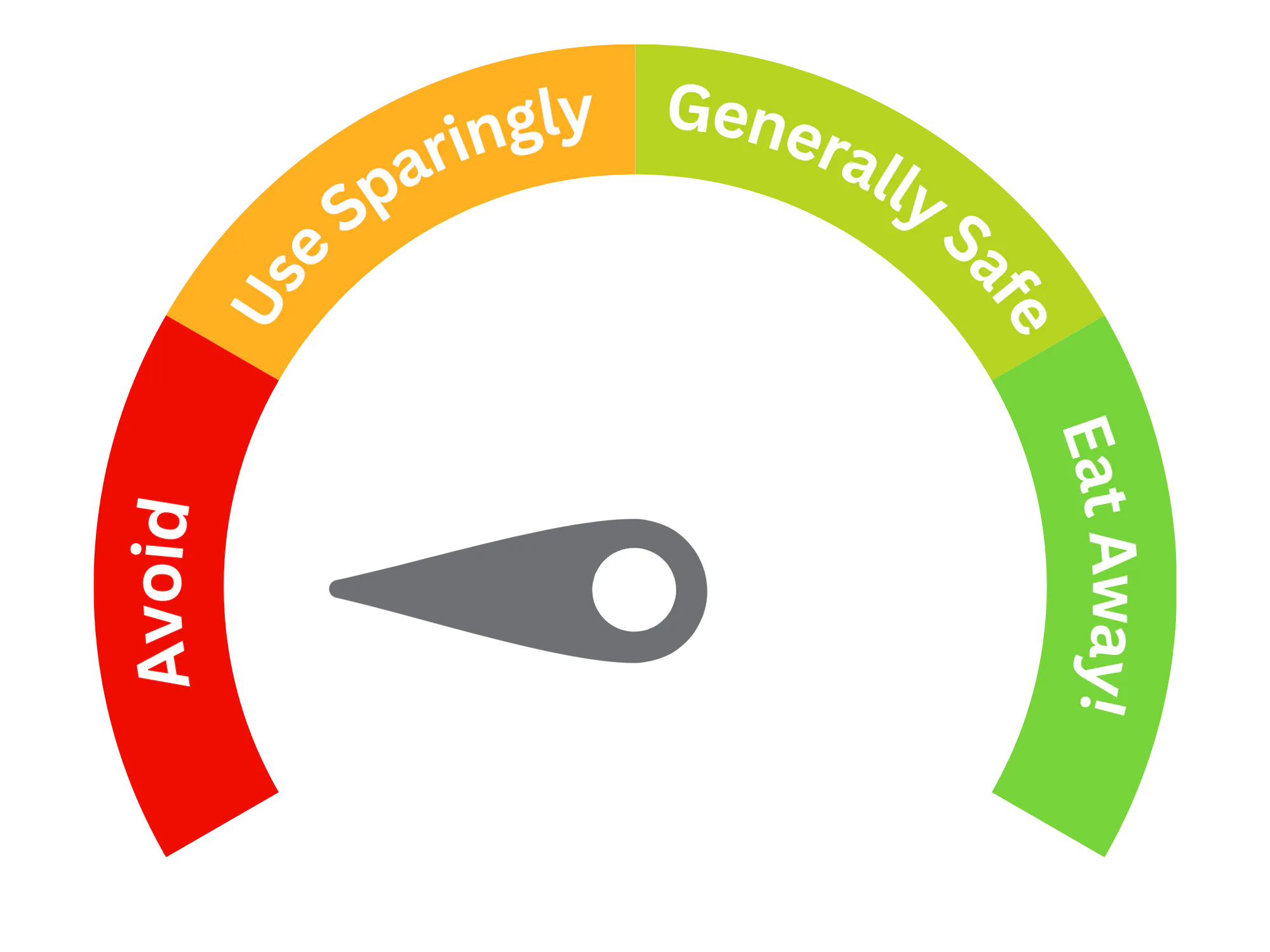Carbon Black (E152)
Purpose and Function
Carbon Black is a synthetic colorant commonly used in the food industry to give products a deep black hue. It is primarily used in:
- Confectionery: Candies, gum, and licorice often use carbon black for aesthetic purposes.
- Baked goods: It may be added to provide a rich black coloring in specialty breads or cookies.
- Cosmetics: In non-food applications, it is frequently used in eyeliners, mascaras, and other cosmetic products for its intense pigmentation.
Though it is a highly effective coloring agent, the use of this additive in food is restricted in some regions due to potential health concerns. Beyond food, it is also commonly used in industrial applications, such as in rubber manufacturing and as a pigment in inks and paints.
Potential Risks and Side Effects
Carbon Black has raised safety concerns in some studies, particularly regarding its potential impact on health when consumed or inhaled. Key issues include:
- Carcinogenicity: Long-term exposure to inhaled carbon black particles has been associated with lung tumors in animal studies. This has led to its classification as a possible human carcinogen by the International Agency for Research on Cancer (IARC). However, such risks are primarily related to occupational exposure rather than ingestion in food.
- Gastrointestinal effects: Although research on carbon black as a food additive is limited, excessive ingestion may potentially cause gastrointestinal irritation or discomfort.
- Regulatory restrictions: The use of carbon black as a food additive is banned in some countries, including the United States, due to safety concerns, while it is approved in limited quantities in the European Union under strict regulations.
Consumers are advised to be cautious, as the long-term effects of carbon black in food are not fully understood, and certain regulatory bodies have flagged potential safety risks.

